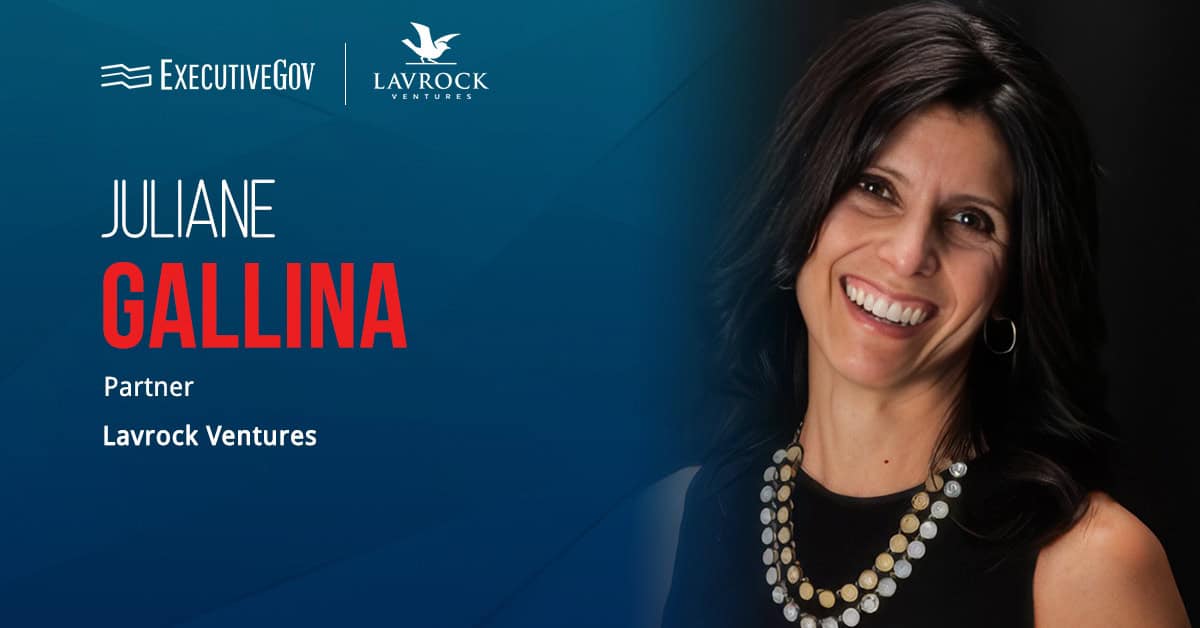U.S. intelligence agencies are working toward closer collaboration with government and industry partners. As a result, intelligence community leaders are increasingly vying for industry talent to fill capability gaps.
Join us at the Potomac Officers Club’s 2024 Intel Summit on Sept. 19 to connect with intelligence officials who spearhead efforts to transform the modern intelligence domain. Click here for additional information and register to attend the summit before it’s too late!

Avril Haines, the director of national intelligence and a 2024 Wash100 awardee, said, “We know that the private sector increasingly possesses certain unique and specialized talent, knowledge and capabilities in key fields of critical importance to national security that we don’t have access to in the government.”
Table of Contents
Key Intelligence Community Collaboration Efforts
The Office of the Director of National Intelligence has established an Office of Partnership Engagement designed to foster closer industry collaboration and provide ODNI with access to commercial insights about AI, cybersecurity and space, among other areas. The office will train professionals in declassifying information for companies, develop guidance for better acquisition processes and communicate with external industry partners.
“There is no question that certain industries now wield substantial geopolitical influence, and as the threat landscape has diversified and power has become more diffuse, so has the potential impact of the private sector’s work,” Haines said. “This makes it crucial that we better understand developments in the private sector, as well as the overall balance of competitive strength and security within key sectors.”
Other IC agencies like the National Security Agency have established information exchange programs that help the government and industry get on the same page about cyber threats. NSA’s Cybersecurity Collaboration Center authorizes the government and the private sector to share information about cyber criminals and nation-state hackers.
“The first phase of this is an expansion of the current and unclassified analytic exchange program in scale and scope, while simultaneously evaluating opportunities to conduct analytic exchanges that include classified information, which we know will take some time, but is absolutely worth it,” Haines emphasized.
ODNI has also recently issued new protocols for using the other transaction authority, which Haines said, “offers greater flexibility for IC elements to develop programs that leverage technological innovation.”
Joint Cyber Defense Collaborative
The Cybersecurity and Infrastructure Security Agency stood up the Joint Cyber Defense Collaborative in 2001. The group comprises industry and government officials who encourage cyber firms to team up with the government to detect and deter hacking threats.
In August 2023, the Joint Cyber Defense Collaborative created the RMM Cyber Defense Plan. The strategy includes two key pillars — operational collaboration and cyber defense guidance — with the first pillar featuring two corresponding lines of effort that involve broadening data-sharing concerning threats and vulnerabilities.
Learn more about the recent and future intelligence community efforts at the 2024 Intel Summit!





